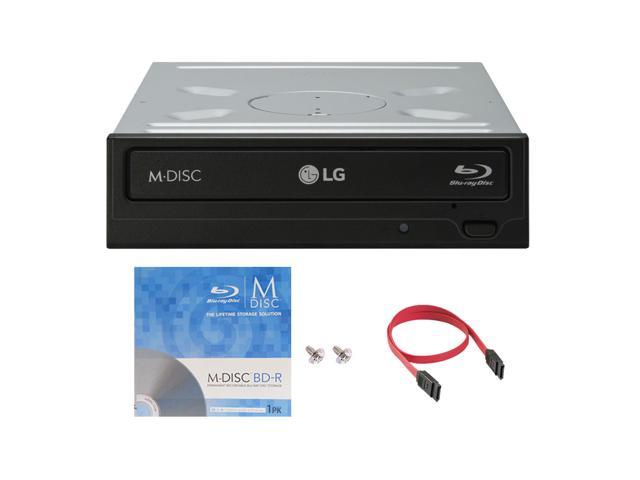


I've noodled putting everything "online".

A 100GB disc has 3 layers so speed will go up and down several times across the 100GB and it moves back and forth three times.Ĭlick to expand.I have that same concern. It will be slower on the inside edge of the disc because the disc is spinning at a constant angular velocity (RPM) and the circumference changes. Also, "up to 6x" or "up to 8x" mean 6x or 8x ripping at the outside of the disc where the read rate is the highest. ISO) took ~63 minutes to rip with a 6x capable firmware. The ASUS BW-16D1HT 3.10 firmware is the recommended one if you don't care about burning and the LG BH16NS55 or WH16NS40 firmwares are the recommended ones if you want to also burn with the drive.īTW, "fast" is relative. AnyDVD can't use a drive with official UHD support, so you have to use "UHD friendly" firmwares. MakeMKV can use a drive that has official UHD support with libredrive, so the libredrive enabled WH16NS60 firmware is the one to use since it's capable of up to 8x ripping. I ultimately flashed it to a ASUS BW-16D1HT with version 3.10 firmware since supposedly that the fastest "UHD friendly" ripping firmware as long as you don't care about burning with the drive.

I have no idea why someone would buy a pre-flashed drive at a premium. Then you can flash the firmware you want. The drive won't let you downgrade with the factory firmware, so you have to flash a same level (or newer) modified firmware that allows downgrading first if the firmware you want to use is a downgrade. Flashing is very simple with the modified GUI flasher. It took two different flashes to get it to the firmware I wanted (or at least that's how I did it). I used Marty McNuts modified ASUS flasher to get a "UHD friendly" firmware flashed on it. Reportedly all the working Asus & LG drive models are the same hardware so there's no point to buy a more expensive model. I picked up a LG WH14NS40 from Amazon for about $55 and got it yesterday.


 0 kommentar(er)
0 kommentar(er)
